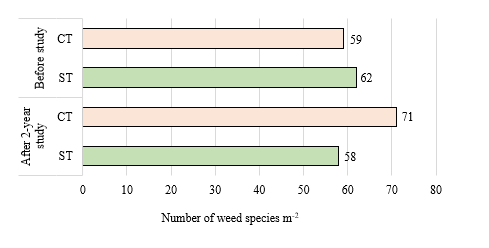Abstract
The nuclear disaster medical system in Japan has been greatly
re-examined by the revision of the Nuclear Emergency Response Guideline
for 2015 and has reached the current system. In the current system,
"Nuclear Emergency Core Hospitals” are specified as being located mainly
in prefectures with nuclear facilities, and 'Advanced Radiation
Emergency Medical Support Centres” are designated to support dose
assessment and medical treatment for serious pollution/radiation
exposure patients. #"Nuclear Emergency Medical Support Centres” and
"Nuclear Emergency Medical Assistance Teams” are designated to provide
information/medical care at nuclear disasters nationwide. The two
support centres are providing basic training services, such as radiation
exposure medicine and patient reception training etc., in various
regions and medical institutions. In this paper, I summarize the
situation of the establishment of new nuclear disaster medical system in
Japan after the accident of Fukushima Daiichi Nuclear Power Plant and
summarize the activities of Hirosaki University designated as Advanced
#Radiation Emergency Medical Support Centres and Nuclear #Emergency
Medical Support Centres. Guidelines and laws of radiation emergency medicine have been developed
in Japan due to the influence of Three Mile Island Nuclear Power Plant
(NPP) accident in 1979, Chernobyl NPP accident in 1986, Tokai village
JCO accident in 1999 [1]. However, with the Fukushima Daiichi NPP
accident following the Great East Japan Earthquake that occurred in
2011, the radiation emergency medical system in Japan has been
transformed into a system to prepare for multiple disasters (nuclear
disasters) including radiation accidents. After the Fukushima accident,
the Japan Nuclear Regulation Authority released the #"Nuclear Emergency
Response Guidelines" in 2012, and nuclear power companies, local
governments and related medical institutions began to develop disaster
management systems [2]. Then, according to the revision of the guideline
in 2015, the policy toward the concrete development of the medical
system at the time of nuclear disaster was shown, and medical
institutions development and personnel training for medical staff are
now beginning nationwide.
For more articles on BJSTR Journal please click on https://biomedres.us/
For more Biomedical Informatics Articles on BJSTR



No comments:
Post a Comment
Note: Only a member of this blog may post a comment.